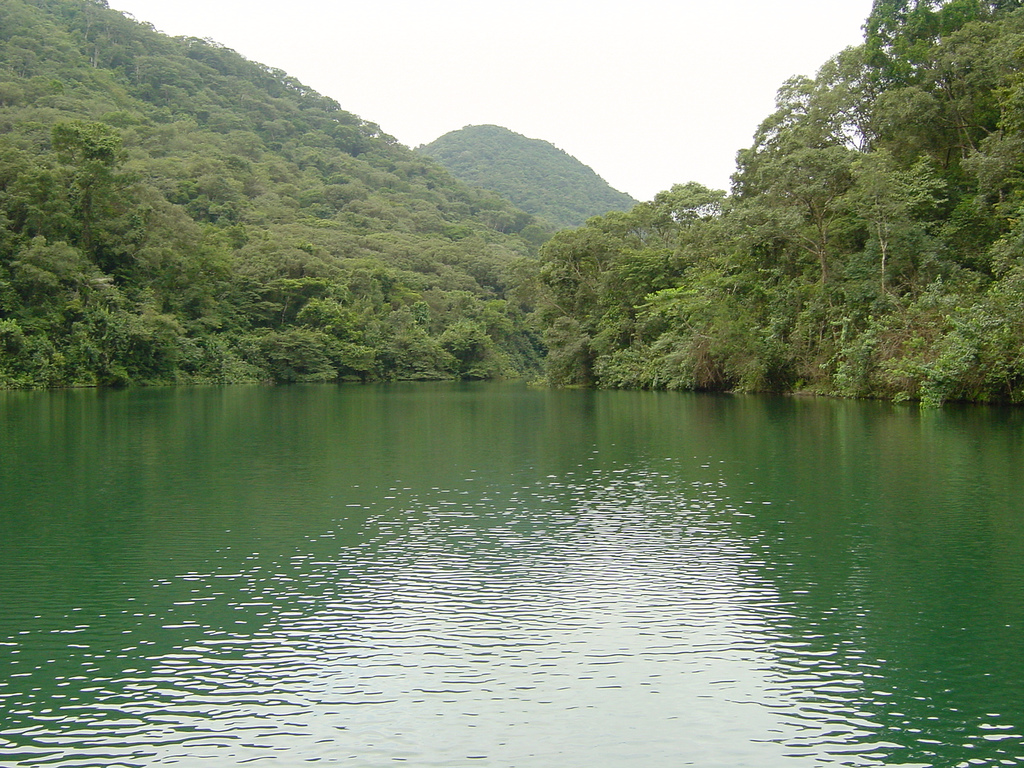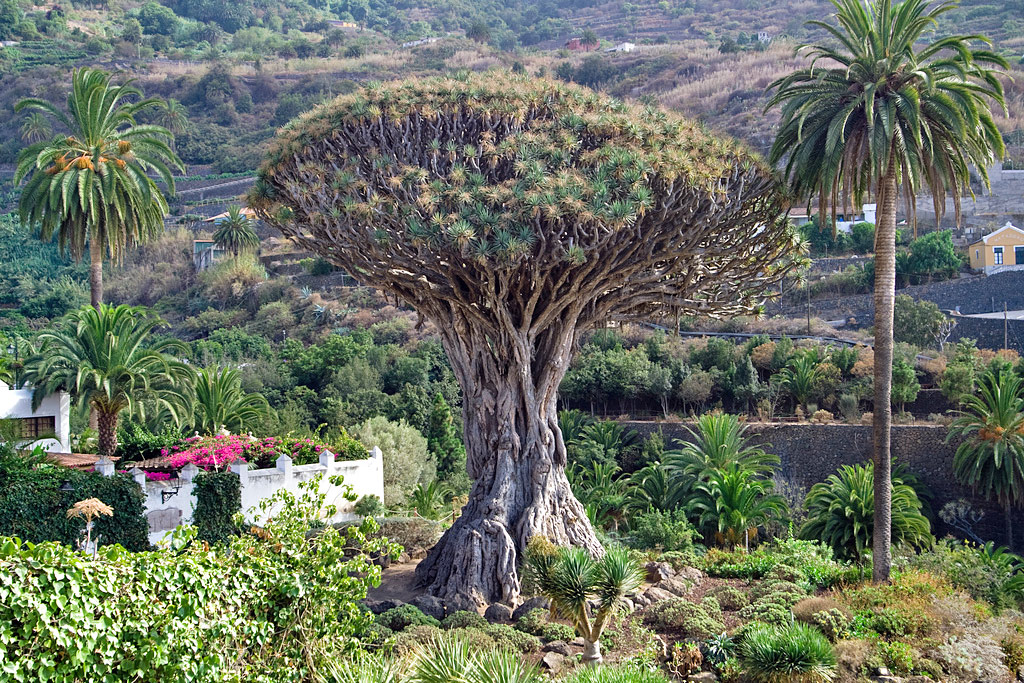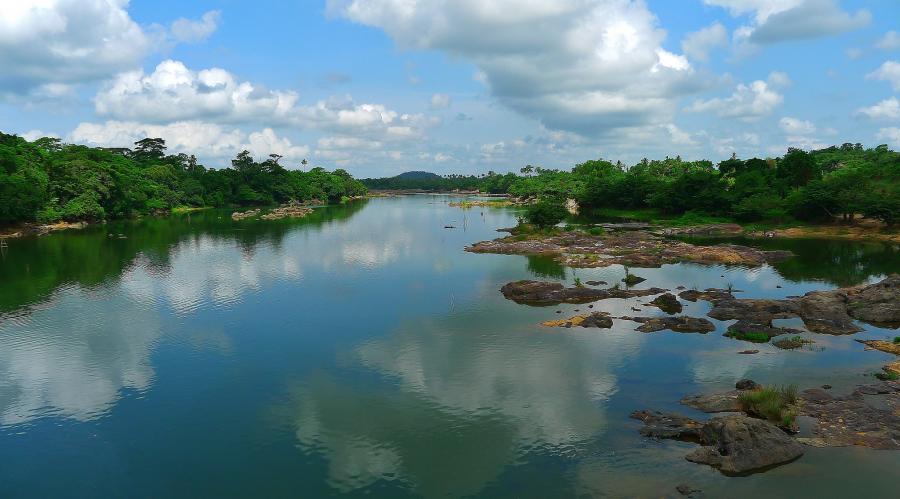Steve, G7BXU is currently active from Sierra Leone as 9L1BXU.
He is working on HF Bands.
Recent DX Spots 9L1BXU
QSL via home call buro.
Sierra Leone is a country that has returned from war
The country of Sierra Leone, which means “Lion Mountain” in Portuguese, is located on the Atlantic coast of West Africa. Although it is relatively small and is not particularly popular with tourists, its history is full of various events that sometimes have a paradoxical “echo” for its present.

History of Sierra Leone: from ancient to modern times
Part 1. Early times
People lived in what is now Sierra Leone 2,500 years ago. They learned to smelt iron, mastered agriculture, passed the way from the slave system to feudalism. Many tribes lived here, but as a result of the initial period of migration of African peoples, a significant part of the territory of the present state was occupied by the Temne people, whose language is still widespread in the north of Sierra Leone.
Part 2. The Portuguese period: pioneers from Europe
In the fifteenth century, the Portuguese discovered these lands. Not only were they the first Europeans in the area, but they were also the first Europeans to colonize Africa. The small factories they founded were given the collective name Sierra Leone or Lion Mountain. As the Portuguese influence spread, the area of territories to which this name was applied grew. The Portuguese established an exchange trade with the local tribes, and the harbor on this land was so comfortable that it became a favorite harbor for all European ships sailing along the North African coast. Ships from Portugal, Holland, Britain and France were especially frequent here. But gradually the Portuguese lost their primacy on the seas, and the British became the lords of the waters. The French were the main land rivals of the British in the colonization of African lands.
Part 3. The slave trade - African and European perspectives
With regard to the slave trade, historians have noted its presence among local tribes in a somewhat strange way. It often happened that a member of one tribe had to leave his native tribe and ask the chief of another tribe for protection. If the chief agreed, the fugitive became his slave, although he had not only the right to work freely, but also the opportunity to increase his status in the tribe that accepted him.
Everything changed after the arrival of Europeans, who showed local tribes what real slavery was. By the way, in the place where the capital of Sierra Leone - the Free City of Freetown - is located today, there used to be the largest West African slave market. Natives were exported by Europeans as free labor to North and South American colonies, as well as to the West Indies. Initially, people were simply kidnapped, but then Europeans managed to negotiate with local chiefs, who, thanks to such cooperation, not only received material benefits, but also got rid of the unwanted. Until the XVIII century slaves were simply exported, but then slavery in the traditional sense of the word, spread among the local tribes. The largest nationality of that time - the Mende - suffered the most from this, about 15% of its representatives became slaves of other tribes. Today, the Mende language is spoken in the southern territories of Sierra Leone.
Part 4. The founding of Freetown: the best place is the former slave market
The city of Freetown was founded by settlers, but not European settlers, but African settlers. It so happened that a ship carrying African slaves to American plantations was wrecked off British shores. The survivors, in accordance with British laws, were proclaimed free, and the British thought of creating a free land where other freed slaves could live. To this end, the Briton Sharpe purchased from local chiefs a plot of land in the northern part of present-day Sierra Leone, where about 350 Africans freed from slavery at the time settled. They were later joined by more than 1,000 Africans who had fought on Britain's side in the War of the North American Colonies. At first they were granted land near Canada on the island of Nova Scotia, but the climate there did not suit them and they asked to go to Africa. The two groups united and founded Freetown, which later became the capital of Sierra Leone. The Africans who came from North America brought with them the Creole language, Krio, which later became the national language - today it is spoken by almost all Sierra Leoneans.

Part 5. The British at the helm of the state: where without them?
In the 19th century and the first half of the 20th century, up to 1961, the British were in charge in Sierra Leone, having displaced the French. Although, despite the current official status of the English language, the majority of the local population hardly speaks it. The British brought European civilization to this African country - they built railroads, schools, as well as the oldest West African university Fura Bay. The mining industry began to develop, and urban settlements appeared - houses with majestic columns are still impressive, although they suffered in the last war. The First and Second World Wars did not affect Sierra Leone too much - the country had its own war ahead of it.
Part 6. The Independent State of Sierra Leone
Since the second half of the twentieth century, the struggle for independence from Great Britain intensified, although Sierra Leone, unlike other British African colonies, was not in a hurry to get out from under the protectorate. Having started in the middle of the twentieth century, the struggle for independence ended with the emergence of a sovereign state in 1961. The struggle was led by Milton Margai, a local physician, who formed his own party. Ahead of the newborn state awaited several military coups, one-party rule, civil war, which was unleashed by the United Revolutionary Front, created by radicalized segments of the population. This organization was characterized by cruel treatment of dissidents - all suspicious persons had their limbs amputated.
Part 7. The Violent 90s: The Sierra Leonean Option
The 1990s in Sierra Leone were marked by civil war and military coups. In 1999, the UN attempted to establish a dialog between the rebel radicals and the legally elected government, but although the attempt initially looked successful, hostilities continued in the country. This year and the following year, the rebels attempted to seize the capital, but their attacks were repulsed. And with the joint military efforts of Britain and Guinea, the Revolutionary Front was completely defeated. It is noteworthy that the British Prime Minister Tony Blair, for his help in ending the civil war, since 2007 has been awarded the title of paramount chief of Sierra Leone, and although the legislative power belongs to the local parliament, and the executive - to the president, the paramount chief also has the right to say his word at the parliamentary session in Sierra Leone.
Today, the State continues to emerge from the devastation into which the war plunged it. Recovery is very slow - once one of the most advanced countries in West Africa, it is now one of the poorest in the world, even though it is rich in various natural resources such as diamonds and bauxite.
 Sewa River, Sierra Leone. Author - LM TP.
Sewa River, Sierra Leone. Author - LM TP.
What surprises Sierra Leone? 10 interesting facts about the country
1. Islam is the official religion, practiced by 60% of the population. Another 30% serve their local gods, and Christians in Sierra Leone only 10%.
2. There is simply no temperature less than +19o C, and on the hottest day the temperature rarely rises above +35o C - all thanks to the proximity to the ocean.
3. In Sierra Leone, to the envy of many other African countries, there are a lot of rivers. But there is the other side of the coin - there are a lot of crocodiles, posing a real danger to humans.
4. The inhabitants of the state often wear their clothes on their heads - on the streets you can see women and men with simply fantastic constructions, incomprehensible how held in balance.
5. Half of Sierra Leone's citizens cannot read or write.
6. There is no meat in the national cuisine, so Sierra Leoneans can be called vegetarians. Cattle, although present, are used as currency.
7. And here with the Internet here is a real trouble - it is available only in the capital.
8. There are many excellent beaches in the country, but the war has led to the fact that they are practically not used.
9. To see the beauty of the mined diamonds - they are viewed by dipping them in beer.
10. The Leone is the national currency that appeared immediately after independence. The transition to it took three years, and the banknotes were printed in Slovakia. Exchanging other currencies for it is not an easy and time-consuming operation. However, tourists can freely pay with dollars and euros.

